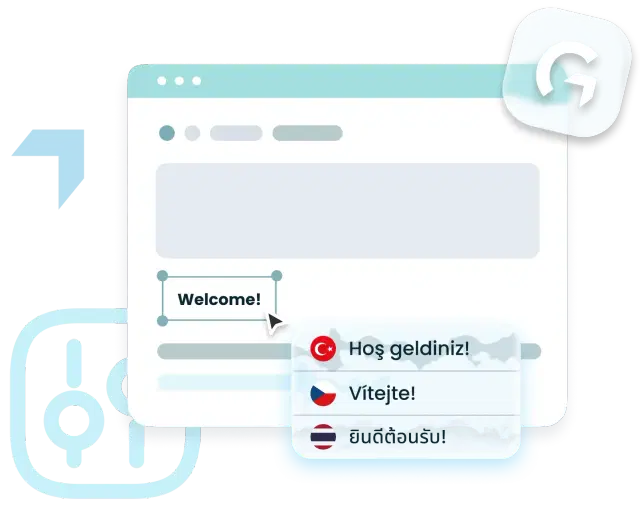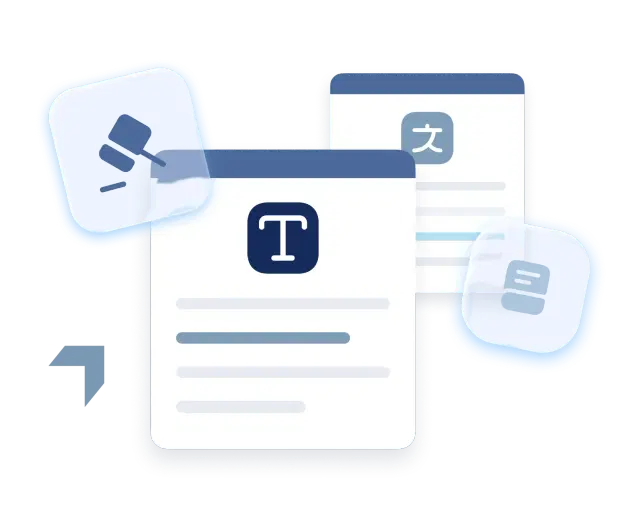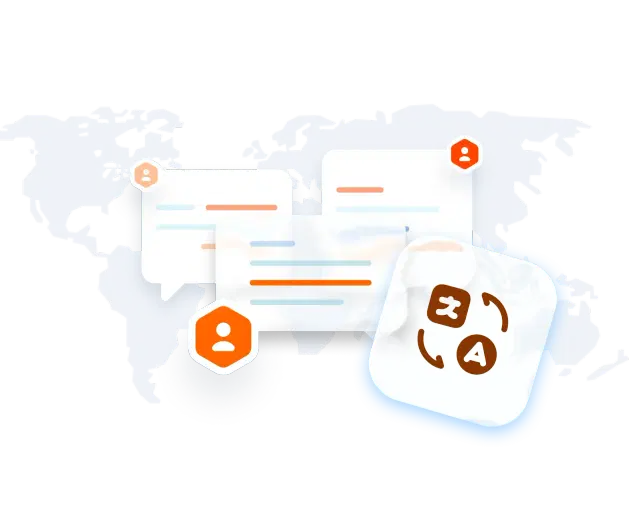Machine Translation Post-Editing Benefits for Website Translation
Machine Translation Post-Editing Benefits: Why Context Matters
Updated on September 23, 2025
Refining Machine Translation with In-Context Editing
Machine translation (MT) has advanced significantly in recent years, enabling businesses to translate large volumes of content quickly and cost-effectively. However, ensuring that machine-generated translations are accurate, natural-sounding, and contextually relevant remains a challenge—especially for critical website content such as homepages and product landing pages.
This is where machine translation post-editing plays a crucial role. Post-editing involves using MT engines like DeepL or Google Translate for a first draft, followed by human refinement to perfect nuances, phrasing, and brand-specific terminology.
What Is In-Context Editing?
Traditional translation workflows often involve working with isolated text strings, making it difficult for translators to fully grasp how content fits into a page’s layout and user experience. In-context editing, however, allows translators to edit directly within the live website interface, ensuring translations are accurate within their intended environment.
For businesses seeking a more precise, efficient, and cost-effective translation process, an in-context editor—like the one included in GlobalLink Web—is an essential tool.

The 10 Key Benefits of In-Context Editing for Website Translation
1. Higher Translation Accuracy
When translators can see content in its actual context, they can ensure that translations reflect the intended meaning rather than just the literal text. This is particularly important for:
- Regional dialects and idioms that vary by location.
- Industry-specific terminology that requires precise wording.
- Brand messaging that must remain consistent across languages.
2. Contextual Translation for Natural-Sounding Content
Words and phrases change meaning depending on context. Seeing translations in place—alongside images, menus, and surrounding text—ensures that the final content flows naturally and makes sense within the full webpage design.
3. Increased Efficiency for Translators
Traditional translation workflows can be time-consuming and cumbersome, often requiring translators to switch between different documents. This constant back-and-forth increases the risk of errors and slows down the process. With an in-context editor, translators can make real-time changes directly on the page, allowing them to refine translations within the actual website. This streamlined approach not only saves time but also reduces the likelihood of mistakes, ensuring a faster and more efficient translation workflow.
4. Improved Quality Control
Editing translations directly within the website interface makes quality assurance (QA) easier. Translators and content managers can:
- Quickly spot inconsistencies.
- Ensure formatting remains intact.
- Verify that links, buttons, and CTAs work properly in all languages.
This ensures that published translations accurately reflect the original intent.
5. Enhanced Collaboration Between Teams
In-context editing fosters real-time collaboration by allowing key stakeholders to work together within the same environment. Translators can refine content with a clear understanding of its placement and meaning, while content editors ensure that brand consistency is maintained across all languages. At the same time, developers can review formatting and UI elements to confirm that the translated content fits seamlessly within the design.
Because translations are visible in their final layout, teams can communicate more effectively, address issues immediately, and produce high-quality multilingual content without the delays and misunderstandings that often come with traditional workflows.
6. Enhanced User Experience for Global Visitors
Poorly translated content affects website usability and credibility. With in-context editing, translations are reviewed in their actual display format, ensuring:
- Navigation remains intuitive for international users.
- Key messages and CTAs make sense in different languages.
- Multilingual content aligns with the original design and branding.
This results in a smoother, more engaging user experience across markets.
7. Reduced Translation Costs
Refining machine-generated content instead of translating from scratch significantly lowers costs for businesses. Translators can focus on improving accuracy rather than starting from a blank slate, reducing the time and effort required. This also minimizes the need for additional software and prevents unnecessary rework caused by formatting errors.
8. SEO Optimization for Multilingual Content
Search engines evaluate translated content based on accuracy and relevance. In-context editing supports multilingual SEO by ensuring:
- Localized keywords are naturally integrated.
- URLs, metadata, and alt text are properly translated.
- Each language version maintains proper internal linking.
This helps multilingual websites rank higher in international search results.
9. Faster Time-to-Market for Translated Content
Speed matters when expanding into new markets. In-context editing accelerates the translation process by:
- Eliminating back-and-forth revisions.
- Allowing real-time edits without external file handling.
- Reducing the need for post-launch fixes.
With faster deployment, businesses can launch localized websites quicker and stay ahead of competitors.
10. Greater Flexibility in Managing Translations
Since translations are edited directly on the website, businesses can update content instantly without waiting for batch translation cycles. This is especially useful for:
- Seasonal promotions and localized marketing campaigns.
- Product updates requiring frequent content adjustments.
- A/B testing different translations for better engagement.
With GlobalLink Web, businesses gain full control over multilingual content management.

Why In-Context Editing is Essential for Multilingual Websites
For companies expanding globally, in-context editing eliminates common translation challenges, making it easier to:
- Ensure accuracy in real-world usage.
- Improve efficiency by streamlining workflows.
- Enhance user experience with natural, localized content.
- Optimize multilingual SEO for better search rankings.
- Reduce costs while maintaining translation quality.
With GlobalLink Web’s built-in in-context editor, businesses gain an advanced, intuitive solution for managing machine translation post-editing efficiently.
Need Help Improving Your Website Translations?
TransPerfect’s GlobalLink helps businesses refine machine-generated translations with AI-driven post-editing and expert linguistic oversight.
Explore Our Solutions
About
We created GlobalLink because we believe that all businesses great and small should have a beautifully translated and localized website.





